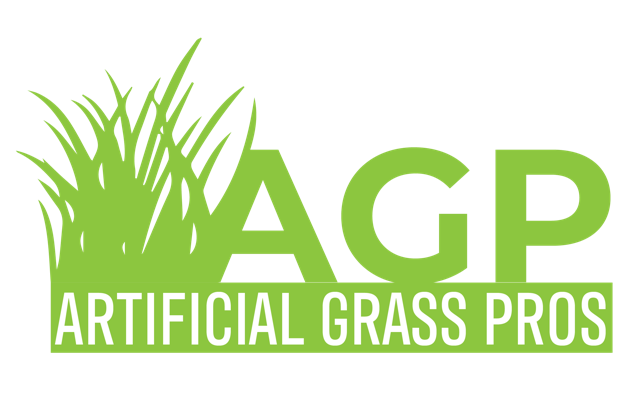As the demand for high-performance sports surfaces continues to rise, the debate between artificial grass and natural turf for sports fields has become increasingly prominent. In this blog post, we’ll unravel the myriad reasons why artificial grass emerges as the superior choice, outshining regular grass and revolutionizing the way we approach sports field construction.
- Consistent Playing Surface: Artificial grass provides a consistent playing surface that remains uniform in texture and resilience. Unlike natural grass, which can develop uneven patches, divots, or bare spots over time, synthetic turf ensures a level playing field, enhancing the predictability and safety of athletic activities.
- Weather Resistance: Adverse weather conditions can wreak havoc on natural grass fields, turning them into muddy quagmires or dry, patchy landscapes. Artificial grass stands resilient against rain, snow, and intense sunlight, maintaining its integrity and playability in any weather. This weather resistance ensures that sports events can proceed without interruption.
- Durability and Endurance: Sports fields experience intense wear and tear from cleats, pivoting, and rapid movements. Artificial grass, designed with durable materials, exhibits remarkable endurance against heavy traffic. It withstands the demands of multiple games and events without succumbing to the deterioration often seen in natural grass fields.
- Reduced Maintenance: Regular grass fields demand meticulous maintenance, including mowing, watering, fertilizing, and pest control. Artificial grass, on the other hand, requires minimal upkeep. With no need for mowing or extensive watering, sports facility managers save time and resources, allowing for a consistently well-maintained playing surface.
- Enhanced Playability: Synthetic turf is engineered with performance in mind. It provides a stable and level surface that enhances ball roll and player traction. Athletes experience a consistent and reliable footing, reducing the risk of slips and injuries. The enhanced playability of artificial grass contributes to the overall quality of sports competitions.
- Year-Round Availability: Unlike natural grass, which can go dormant or require extensive recovery after intense use, artificial grass offers year-round availability. Sports fields with synthetic turf can be utilized consistently without the need for seasonal closures, providing athletes with uninterrupted access to training and competition facilities.
- Versatility in Design: Artificial grass allows for versatile and customizable field designs. From intricate logos and patterns to specific color choices, synthetic turf offers flexibility in creating unique and visually appealing sports fields. This customization adds aesthetic value to the playing surface, contributing to the overall atmosphere of sports venues.
Artificial grass has emerged as a game-changer in the realm of sports fields, offering unparalleled benefits in terms of consistency, durability, and low maintenance. As the sports industry continues to evolve, the preference for synthetic turf becomes increasingly evident, heralding a new era in sports field construction and management. With artificial grass, sports enthusiasts can expect superior playability and performance, elevating the overall experience for both athletes and spectators.
Look into our other blogs to learn more!

Recent Comments